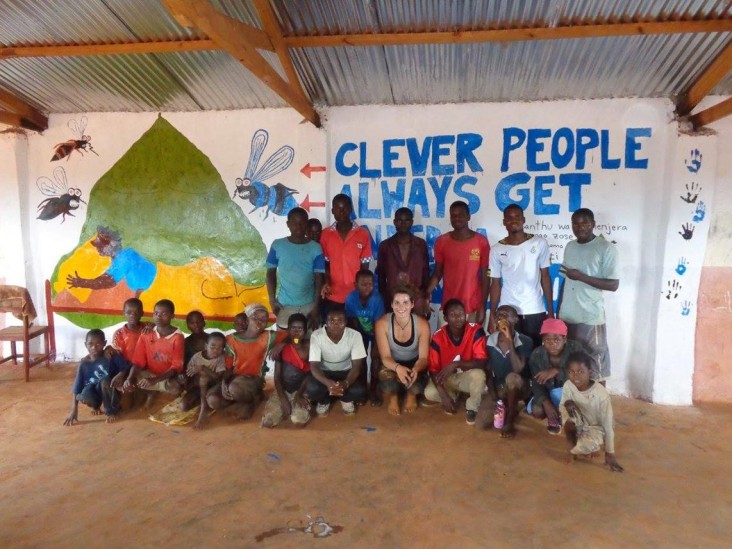
“During my first week as a Health Volunteer in my Malawian village of Kasinje, I witnessed firsthand the daily tragedies wrought on community members by the malaria epidemic.” -- Beccy Burleson, PCV - Malawi
I sat with two health center staff members during their lunch break. I had made guacamole for them to try, and we were having a wonderful time chatting about American cuisine. Then, a woman came to the house and asked the staff members to return to the health center and see a patient. This is typical, as employees at rural health centers are never really ‘off-duty.’
My friends left me to enjoy the guacamole alone while they did their jobs. They returned within half an hour, sat down, and continued their lunch. I asked how the patient was, and they told me very matter-of-factly, mouths full of avocado, that it had been a two-year-old child with severe malaria; she had died.
I was stunned at how nonchalantly they handled this child’s death, but as time went on, I began to see that incidents such as these happened every day. Everyone in my village, children and adults, healthcare workers and laypeople, all simply accepted malaria-related deaths as a part of life. I knew from my pre-service training with Peace Corps, however, that malaria is 100 percent preventable and treatable, and I vowed to dedicate my Peace Corps service to fighting this deadly disease.
Since 2011, USAID and Peace Corps have collaborated to fight malaria under the President’s Malaria Initiative (PMI) “Stomp Out Malaria” campaign. Malaria is a serious epidemic. In Malawi, it is the leading cause of morbidity and mortality in children under five. There are at least six million episodes of malaria per year. It is endemic in 95 percent of the country.
While I completed many malaria projects myself, I also mentored volunteers across the Central Region to implement malaria projects in their communities. Projects included: malaria murals, Grassroot Soccer interventions, Malaria Walls of Fame, radio shows, and health center trainings.
Most popularly, Volunteers painted permanent murals in health centers, schools, youth centers and trading centers to visually teach their communities about malaria prevention. It was not only Volunteers handling the paint brushes, though, as other local artists also showcased their talents to foster community ownership of malaria murals.
I organized a radio show and involved fellow volunteers star in the broadcast that reached an estimated 900,000 Malawians. The fifteen-minute broadcast was recorded in Chichewa and featured a Malawian-written skit focused on proper testing and treatment of malaria.
Through my leadership efforts as a Peace Corps Malawi Regional Malaria Coordinator, more than 50 villages in the central region and these villages’ countless citizens were touched by the educational efforts of a Peace Corps Volunteer.
With approximately $200 million invested between 2006 and 2015, the U.S. Government’s President’s Malaria Initiative (PMI) substantially scaled up malaria prevention and control interventions in Malawi.
In Malawi, the U.S. Government has procured more than 10 million long-lasting insecticide treated bed nets (ITNs), over 27 million rapid diagnostic tests, 45 million quality medicines called artemisinin-based combination therapies (ACTs), and 4 million sulfadoxine-pyrimethamine (SP) treatments to prevent malaria in pregnancy, in addition to training over ten thousand people on malaria case management, preventive treatment for pregnant women, and indoor residual spraying operations.







Comment
Make a general inquiry or suggest an improvement.